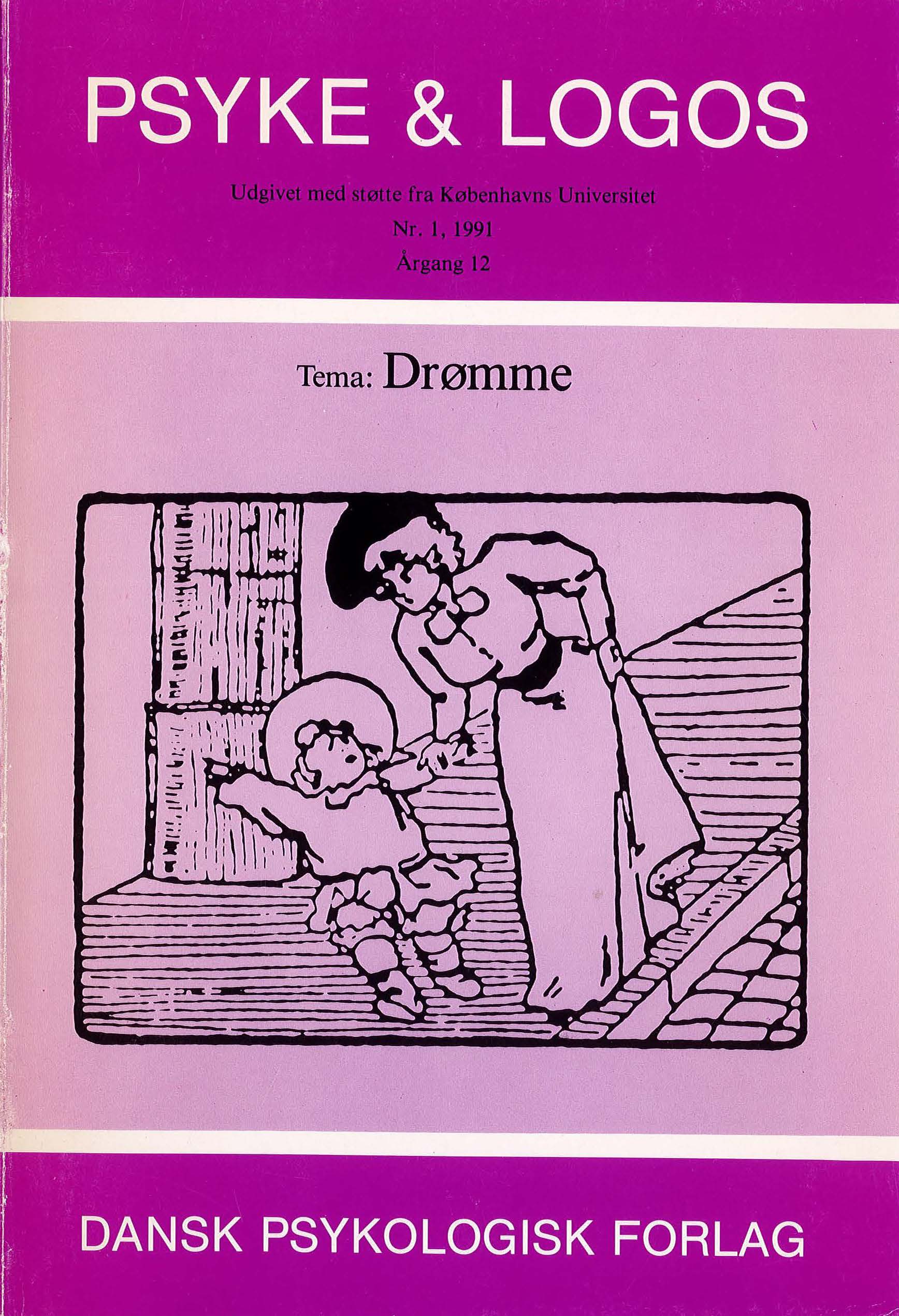Drømmetydning i psykoanalysen
DOI:
https://doi.org/10.7146/pl.v12i1.134606Abstract
In Sigmund Freud's Psychoanalysis dreams were used as very important tools to uncover the origin of neurotic symptoms. Intrapsychic conflicts and unsatisfied impulses and wishes were included in a latent
dream bidden in the unconscious part of the psyche. Through the dreamwork the latent dream was exposed to processes of different kinds so it could be completely changed before it became a manifest dream we could experience and report.
The manifest dream had to be interpreted in order to disclose the latent content. Freud let his patients associate to elements in the manifest dream and even if these associations could take the dreamer far away from the starting point they usually formed a pattem which revealed aspects of the latent dream.
Dreams have been important during the whole development of psychoanalysis. Originally necrotic symptoms were supposed to disappear when the causes were exposed to consciousness. Later on ego-functions came more in focus. From the middle of the century Freud's ego-concept were differentiated between »ego« and »self« and narcissistic psychic disturbances became obvious. Now the dynamic interaction between a person and important objects in the environment are stressed, but dreams and the interpretation of them are still very important roads to understanding the roots of normal as well as deviating development.
Downloads
Published
How to Cite
Issue
Section
License
Ophavsret er tidsskriftets og forfatternes. Det er gældende praksis, at artikler publiceret i Psyke & Logos, som efterfølgende oversættes til andet sprog, af forfatteren frit kan publiceres i internationale tidsskrifter, dog således at det ved reference fremgår, at den oversatte artikel har et forlæg i en dansksproget version i Psyke & Logos. Artikler kan frit deles og linkes til på forsknings- og undervisningsnetværk (så som Blackboard). Link foretrækkes, fordi det giver oplysning om brug af tidsskriftets artikler.




